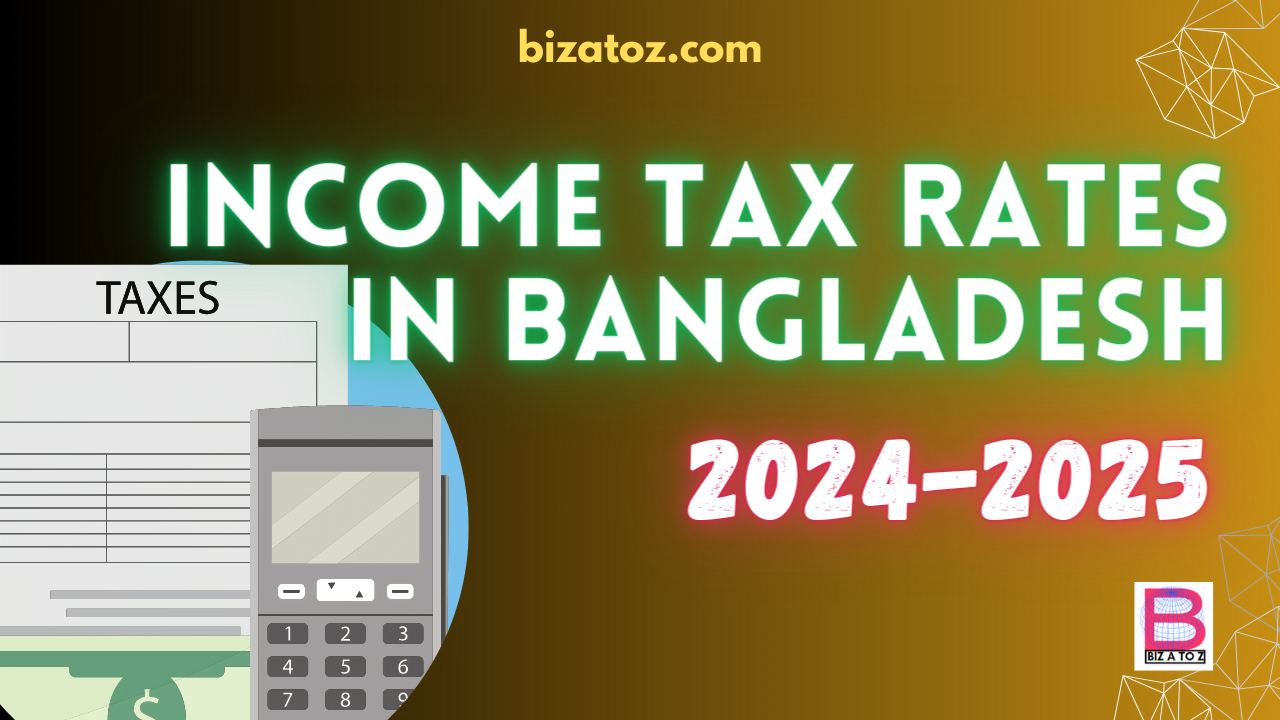
International Accounting Standards (IAS) are guidelines and standards developed by the International Accounting Standards Board (IASB).
IAS provides a common framework for the company and businesses around the world. Accordingly, these standards serve as a framework for the preparation and presentation of financial statements, ensuring consistency, transparency, and comparability in financial reporting on a global scale.
International Accounting Standards (IAS) was subsequently replaced by International Financial Reporting Standards (IFRS) in 2001.
Why need International Accounting Standards?
International Accounting Standards (IAS) are like a set of rules that companies around the world follow when reporting their financial information. Here’s why we need these rules:
1. Global Business Transactions:
In today’s interconnected world, companies often operate across borders. Businesses find it easier to communicate their financial information globally when using a common set of accounting standards. This helps investors, creditors, as well as other stakeholders understand and compare financial statements more effectively.
Example: Imagine a US-based company sells products to a Japanese company. So, both companies adhere to IAS, ensuring they prepare financial reports using the same standards. This makes it easier for investors as well as stakeholders from different countries to understand and compare the financial health of these companies.
2. Consistency and Comparability:
IAS ensures that companies use the same accounting principles and rules. This consistency allows for fair comparisons between companies, industries, and even countries. Presenting financial information uniformly enables investors as well as analysts to make informed decisions.
Example: Companies in the technology sector in Germany and the United States can be compared more effectively when financial statements adhere to the same international standards. IAS provides a common language for financial reporting, allowing stakeholders to assess performance across different industries.
3. Reducing Information Asymmetry:
Information asymmetry occurs when one party has more information than the other. By implementing international accounting standards, companies aim to reduce information asymmetry between themselves as well as investors. This transparency builds trust and confidence in financial markets.
Example: An Indian company enters into a joint venture with a South African company. By using IAS, both parties ensure that financial information is presented consistently, minimizing information gaps and promoting transparency between the partners.
4. Facilitating Cross-Border Capital Flows:
Investors often look for opportunities in different countries. A common set of accounting standards simplifies the process of evaluating and investing in foreign companies. This, in turn, promotes cross-border investments and contributes to the global flow of capital.
Example: When a French company acquires a Mexican company, having both companies follow IAS streamlines the process. The acquirer can easily understand the financial position of the acquired company, making the merger or acquisition smoother and more transparent.
5. Regulatory Alignment:
Many countries adopt IAS or IFRS to align their financial reporting standards with international norms. This alignment is crucial for multinational companies, as it streamlines compliance with various regulatory requirements in different jurisdictions.
Example: A Chinese company seeks to list its shares on the New York Stock Exchange. Adhering to IAS becomes crucial as it aligns the company’s financial reporting with the regulatory requirements of the international market, making the listing process smoother.
6. Improved Decision-Making:
Uniform accounting standards provide relevant and reliable information, aiding decision-making processes for investors, creditors, and other stakeholders. This, in turn, contributes to the efficient allocation of resources in the global economy.
7. Harmonizing Financial Reporting:
International accounting standards promote the harmonization of financial reporting practices worldwide. So, this harmonization reduces the complexity and costs associated with preparing financial statements for companies operating in multiple countries.
8. Enhancing Accountability and Governance:
IAS emphasizes transparency and accountability in financial reporting. Adhering to these standards encourages companies to adopt robust governance practices, fostering investor confidence as well as protecting the interests of various stakeholders.
In summary, International Accounting Standards (IAS) play a crucial role in creating a common financial language for businesses globally. In addition, they enhance transparency, comparability, and trust in financial reporting, ultimately contributing to the stability and efficiency of international financial markets.
How many Accounting Standards are issued?
The International Accounting Standards Board (IASB) has issued International Accounting Standards to establish a common global language for business affairs, in general. In addition, reviewing and updating accounting standards periodically leads to the evolution of amended or new standards. The IASB issued following IASs to date:
| IAS | Title | Status |
| IAS 1 | Presentation of Financial Statements | |
| IAS 2 | Inventories | |
| IAS 3 | Consolidated Financial Statements | Superseded by IAS 27 & IAS 28 |
| IAS 4 | Depreciation Accounting | Withdrawn |
| IAS 5 | Information to Be Disclosed in Financial Statements | Superseded by IAS 1 |
| IAS 6 | Accounting Responses to Changing Prices | Superseded by IAS 15 |
| IAS 7 | Statement of Cash Flows | |
| IAS 8 | Accounting Policies, Changes in Accounting Estimates and Errors | |
| IAS 9 | Accounting for Research and Development Activities | Superseded by IAS 38 |
| IAS 10 | Events after the Reporting Period | |
| IAS 11 | Construction Contracts | Superseded by IFRS 15 |
| IAS 12 | Income Taxes | |
| IAS 13 | Presentation of Current Assets and Current Liabilities | Superseded by IAS 1 |
| IAS 14 | Segment reporting | Superseded by IFRS 8 |
| IAS 15 | Information Reflecting the Effects of Changing Prices | Withdrawn |
| IAS 16 | Property, Plant and Equipment | |
| IAS 17 | Leases | Superseded by IFRS 16 |
| IAS 18 | Revenue | Superseded by IFRS 15 |
| IAS 19 | Employee Benefits | |
| IAS 20 | Accounting for Government Grants and Disclosure of Government Assistance | |
| IAS 21 | The Effects of Changes in Foreign Exchange Rates | |
| IAS 22 | Business Combinations | Superseded by IFRS 3 |
| IAS 23 | Borrowing Costs | |
| IAS 24 | Related Party Disclosures | |
| IAS 25 | Accounting for Investments | Superseded by IAS 39 & IAS 40 |
| IAS 26 | Accounting and Reporting by Retirement Benefit Plans | |
| IAS 27 | Consolidated and Separate Financial Statements | Superseded by IFRS 10, IFRS 12 |
| IAS 28 | Investments in Associates and Joint Ventures | Superseded by IFRS 12 (Associates) |
| IAS 29 | Financial Reporting in Hyperinflationary Economies | |
| IAS 30 | Disclosures in the Financial Statements of Banks and Similar Financial Institutions | Superseded by IFRS 7 |
| IAS 31 | Interests in Joint Ventures | Superseded by IFRS 11 & IFRS 12 |
| IAS 32 | Financial Instruments: Presentation | |
| IAS 33 | Earnings per Share | |
| IAS 34 | Interim Financial Reporting | |
| IAS 35 | Discontinuing Operations | Superseded by IFRS 5 |
| IAS 36 | Impairment of Assets | |
| IAS 37 | Provisions, Contingent Liabilities and Contingent Assets | |
| IAS 38 | Intangible Assets | |
| IAS 39 | Financial Instruments: Recognition and Measurement | Superseded by IFRS 9 |
| IAS 40 | Investment Property | |
| IAS 41 | Agriculture |
However, detailed version, latest update and any changes can be obtained from IFRS and IAS Plus website.
This blog post is written by Monir Bhuiyan, a member of ACCA (Association of Chartered Certified Accountants) and ICAB (Institute of Chartered Accountants of Bangladesh).








